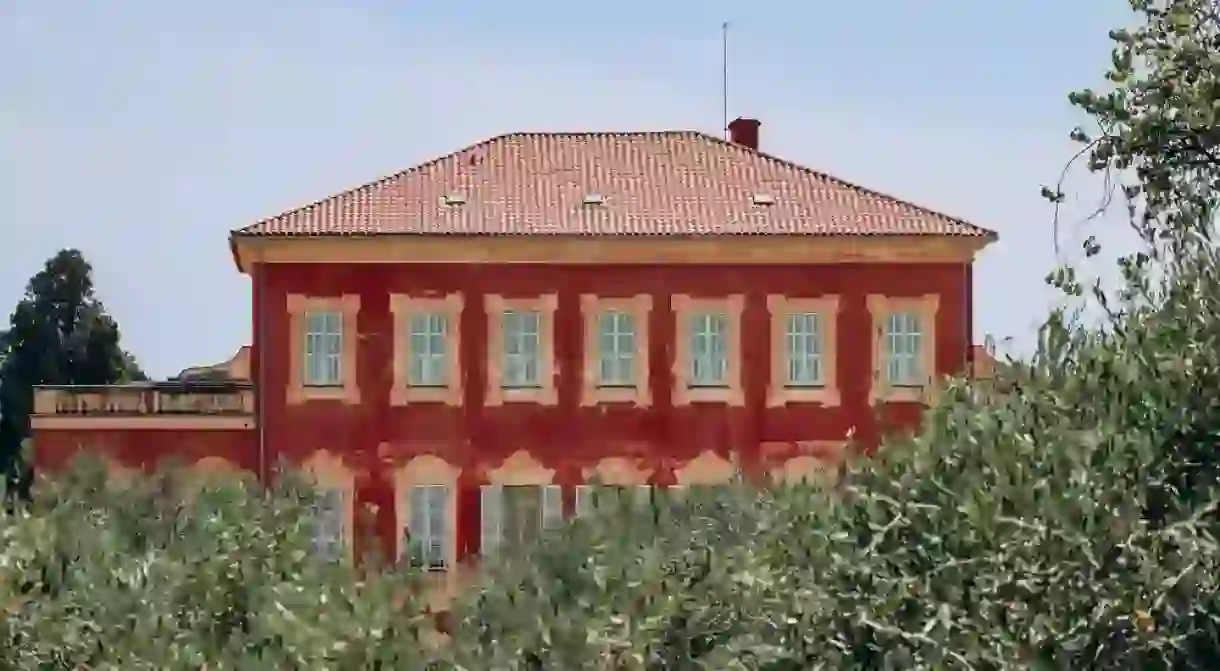A Guide on Where to Find the Art of Henri Matisse

Matisse was one of the most significant modern artists in history, leader of the Fauvist movement, renowned for his stunning use of color and his exceptional draughtmanship. Along with his contemporaries such as Pablo Picasso, he played a major role in advancing plastic arts in the early 20th century, and advanced modern painting and sculpture. Matisse’s artistic prowess must be experienced up close and in person, and we profile exactly where to find his art.
Centre Pompidou, Paris
Art Gallery, Library, Museum

The Centre Pompidou is one of the most popular museums in the world. Like the Eiffel Tower, the center was initially rejected for its exoskeletal architecture and bright colors, which were considered tasteless amid the elegant Beaubourg quarter. The museum has the second largest collection of modern and contemporary art in the world, featuring over 100,000 works ranging from paintings and sculptures to drawings, new media, architecture and photography. Several significant paintings by Matisse can be found here, such as Woman Reading (1894) and Auguste Pellerin II (1916-1917).
La Chapelle du Rosaire near Vence
Building, Church

On the outskirts of Vence lies the Chapelle du Rosaire, better known as the Matisse Chapel. This unique building was designed and constructed by Matisse himself as a token of gratitude for Monique Bourgeois, a nun who had nursed him through illness. Matisse spent the better part of 1941 in Nice in the south of France after undergoing extensive surgery for his cancer. During his recovery period, Bourgeois and Matisse developed a close relationship, and Bourgeois became a model for the ailing artist. His gift to her was the Chapelle du Rosaire. Its exceptional style gracefully unifies artistic and spiritual elements and is a dazzling example of Matisse’s genius. Between 1947 and 1951 the artist decorated the chapel in the Reductivist style of the era. Gleaming white walls and floors are contrasted by glass windows, shimmering in yellow, blue and green colors. Matisse himself referred to his achievement as his “masterpiece,” and “the result of a lifetime devoted to the search for truth.” It is an artistic accomplishment born out of affection rather than religious purposes.
The Musée Matisse, Nice
Museum, Art Gallery, Building

This national museum is entirely devoted Matisse’s masterpieces, and offers one of the largest collections of his works – tracing his early beginnings and artistic development throughout the years. Matisse spent around 37 years in Nice, and his heritage is prevalent throughout the city. The museum itself is located in the Villa des Arènes, a 17th-century building located close to the Cimiez quarter. The exhibition includes oil paintings, drawings, sculptures, tapestries and paper cut-outs. Among the most notable works are Les Abeilles (1955) and Fleurs et fruits(1952-1953). The stylish basement building includes temporary exhibitions. The selection of artworks offers a brilliant insight into the artist’s evolution and his increasingly bright color pallet after relocating to the south. Across the park, visitors can inspect the artist’s last resting place in the Monastère de Cimiez cemetery.
Baltimore Museum of Art, Baltimore
Museum

The Baltimore Museum of Art was founded in 1914 and constructed in the style of a Roman temple. The museum features more than 90,000 art works from various eras, with the largest collection of Matisse’s masterpieces in the world. The famous Cone Collection is perhaps the museum’s most significant exhibition. During the early 20th century, sisters Claribel and Etta Cone visited Paris studios of both Matisse and Picasso, and set out to acquire an exceptional collection of works by the renowned artists. Among them is Matisse’s world famous painting Large Reclining Nude (1935) and the monumental Large Seated Nude(1922-1925), which both exhibit Matisse’s dazzling approaches to the female form. The collection is complemented by other significant works from 19th century artists such as Courbet, Renoir and van Gogh.
Hermitage in Saint Petersburg
Museum

The State Hermitage in Saint Petersburg is considered one of the largest and oldest museums in the world. It is home to the largest collection of paintings in the world with more than three million items. The bulk of its dazzling collection of Modern European Art consists of French Impressionists and Neo-Impressionists, displayed on the third floor. The museum offers an extensive exhibition of works by Matisse, which culminates in his magnificent Music(1910) and Dance II (1910), both painted over large-scale canvases and commissioned by Sergei Shchukin – one of Matisse’s most avid patrons. Other works include The Dessert: Harmony in Red(1908), Game of Bowls (1908), The Conversation (1908-1912) and many more dazzling masterpieces.













